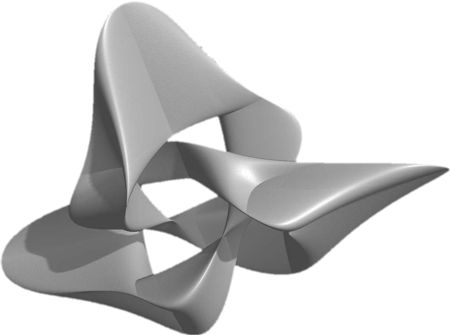On Language, Symbols, and the Inner Terrain

When I first encountered this statement made by Carl Jung, I thought it was a perfect way to explain the disconnect between what is being portrayed as science and what’s actually happening within the mind of humanity. We’re ignoring the ancient man (Read The Human Limbic System) by hiding him behind a veneer of logic and reason.
The ancient man doesn’t respond to reasoned arguments, he only responds to intention and meaning.
Life has never required scientific verification, life only requires meaning.
Language is both map and mirror. It shapes what we can speak, and what we can feel. Throughout SiriusLeigh.com, we’ve chosen a deliberate blend of precise structure and poetic symbolism, not to obscure meaning, but to unlock a more layered kind of understanding, one that can hold both logic and longing.
In many professional domains: science, engineering, medicine, business, we rely on something called Controlled Natural Language (CNL). CNL is a simplified, standardized subset of language designed to eliminate ambiguity, ensuring that instructions, data, and systems can be clearly communicated and universally understood. It is essential in contexts where misunderstanding can cost time, money, or even lives. When clarity is king, CNL is a crown.
But when we cross the threshold into the landscape of the inner world, into the wilds of emotion, intuition, and soul, Controlled Natural Language begins to falter. It is not designed to hold grief. It does not whisper wonder. It cannot describe the taste of awakening or the ache of becoming.
This is why, throughout this work, we turn to literary devices: to allusion, parable, and allegory, as sacred tools.
These are not mere flourishes; they are ancient technologies of the heart. The tools to speak to the ancient man.
✦ Allusion
An allusion is a symbolic nod to something larger myth, history, art, or shared cultural knowledge. When we speak of “drinking from Lethe” or “opening Pandora’s box,” we evoke entire worlds in a single breath. Allusions act like hyperlinks for the subconscious, allowing layered understanding without linear explanation. It causes movement in the meaning.
✦ Parable
A parable is a short story with a hidden truth tucked inside. It bypasses resistance by speaking to the soul in metaphor. Its power is not in instruction, but in resonance. A parable doesn’t tell you what to think, it reveals what you already know. Parables, are like wise philosophers, serving up simple, relatable stories with straightforward morals that leave you nodding in agreement, like you’ve just had a lightbulb moment.
✦ Allegory
An allegory stretches further. It is a sustained symbolic narrative in which every element carries double meaning. Think of it as a map within a myth, a blueprint disguised as a tale. Allegories are ideal for inner work, because they mirror the way the psyche actually operates: layered, looping, nonlinear. Allegories are like the stealthy ninjas of storytelling, sneaking in profound hidden meanings beneath their surface plot, making you stroke your chin and go, “Aha!”
In the realm of the esoteric and the metaphysical, language must evoke more than it explains. To map the uncharted terrain of longing, fear, transformation, and transcendence, we need language that moves like dreams do, fluid, indirect, luminous.
Controlled language serves the outer world.
Symbolic language serves the inner one.
And so, throughout this curriculum, we walk between both worlds.
Speaking in structure when needed, and slipping into metaphor when the soul begins to stir. You are not just reading these words. You are learning a language of remembrance, one that speaks in image, rhythm, and archetype.
This is not about escaping clarity, it’s about expanding it.
Because some truths can’t be defined.
They must be felt,
and followed
like a thread of gold through the labyrinth of the self.
